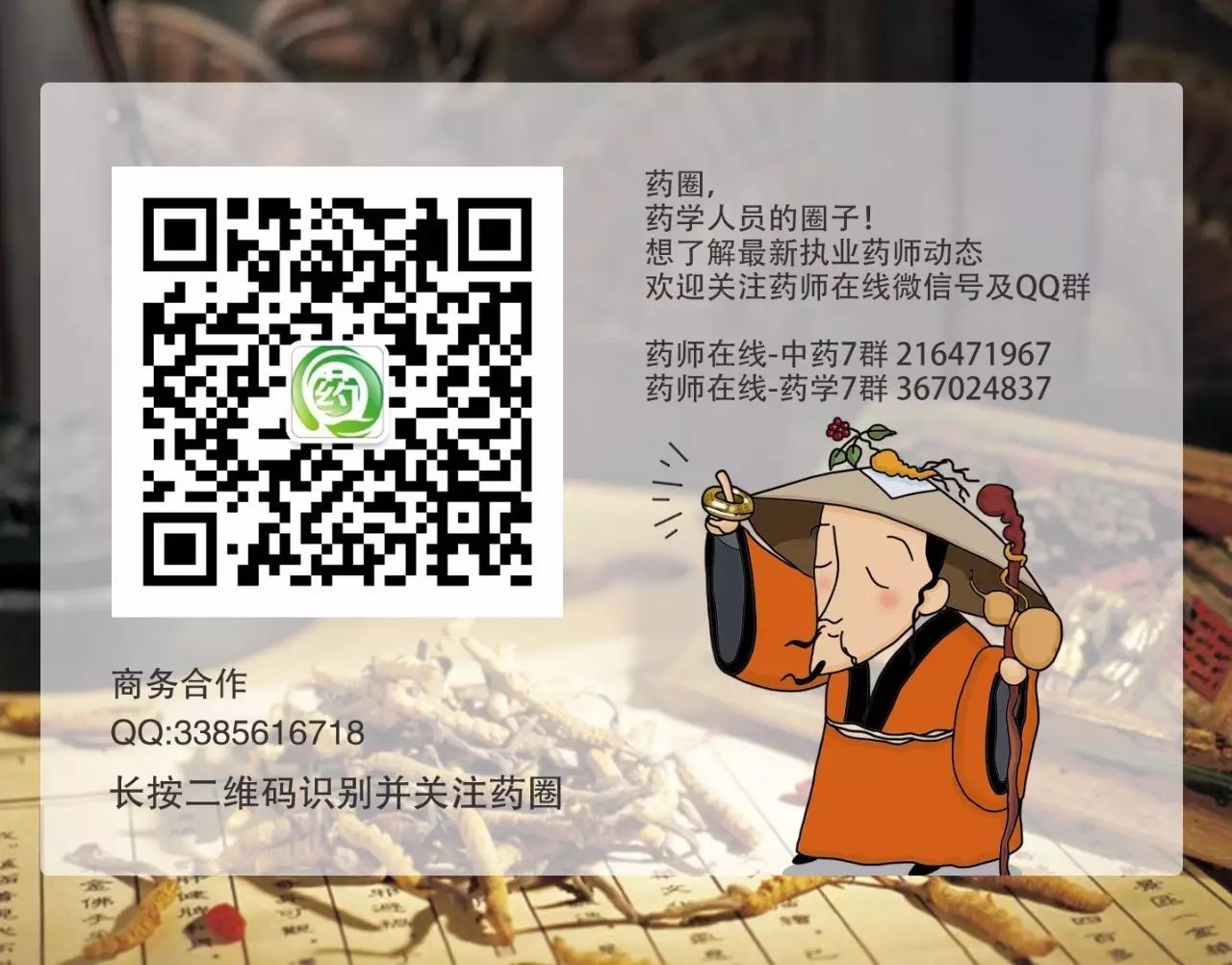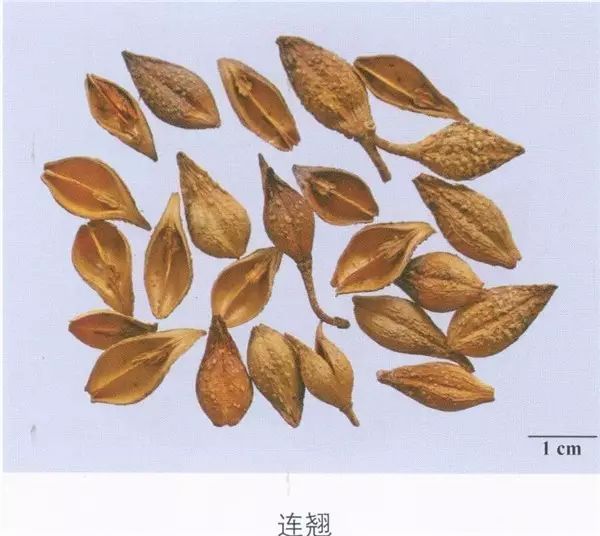
This article is a repost with corrections to some errors mentioned by everyone, adding aliases, original plant images, etc. You can reply in the lower left corner to read the original text! If you find it useful, feel free to share it with other classmates. For those who want to see previous content, in the WeChat dialogue box of the medicine circle, there is a person icon in the upper right corner; click it to view historical messages! The article is compiled from the practicing pharmacist textbook, the Chinese Pharmacopoeia (2015 edition), “Identification of Common Chinese Medicinal Herbs” and the image database of Chinese medicinal materials from the Hong Kong Baptist University Chinese Medicine Society, among other online resources! Below is the content shared today. Lianqiao (连翘) FORSYTHIAE FRUCTUS
Source
This product is the dried fruit of the plant Forsythia suspensa (Thunb.) Vahl, belonging to the Oleaceae family.
Related Names
Lianqiao, Lian Zhao, Qing Qiao, Lao Qiao, Yi Qiao, Lianqiao Ke, San Lian, Yi Qiao, Lian Ke, Lian Qiao, Lianqiao Xin, Da Qiao Zi
Images
Source Textbook
Origin
Mainly produced in Shanxi, Shaanxi, Henan, and other provinces, mostly cultivated.
Harvesting and Processing
Harvest in autumn when the fruit is initially ripe and still green, remove impurities, steam, and dry, commonly referred to as “Qing Qiao”; harvest when the fruit is fully ripe, dry, remove impurities, commonly referred to as “Lao Qiao”.
Identification of Characteristics
This product is elongated oval to oval, slightly flattened, 1.5-2.5 cm long, and 0.5-1.3 cm in diameter. The surface has irregular longitudinal wrinkles and many small raised spots, with a distinct longitudinal groove on each side. The tip is sharp, and the base has a small fruit stem or has fallen off. Qing Qiao is mostly uncracked, with a green-brown surface and fewer raised gray-white spots; it is hard; the seeds are mostly yellow-green, slender, with wings on one side. Lao Qiao cracks from the top or splits into two lobes, with a yellow-brown or red-brown surface, the inner surface mostly light yellow-brown, smooth, with a longitudinal partition; it is brittle; the seeds are brown and mostly fallen off. It has a slight fragrance and a bitter taste.
Properties and Channels
Bitter, slightly cold. Enters the Lung (Fei), Heart (Xin), and Gallbladder (Dan) channels.
Characteristics
This product is bitter and can disperse, slightly cold and can clear, primarily entering the Heart and Lung channels, and also entering the Gallbladder channel. It is good at clearing heat toxins, dispersing, and promoting urination. It is known as the “Holy Medicine for Sores” and is commonly used for treating heat entering the pericardium syndrome.
Functions
Clears heat and detoxifies, disperses wind-heat, reduces swelling and dissipates nodules, promotes urination.
Main Indications
(1) Externally contracted febrile diseases, wind-heat exterior syndrome.
(2) Boils, carbuncles, breast abscess, lung abscess, scrofula with phlegm nodules.
(3) Heat stranguria with pain.
Dosage and Administration
Internal use: decoction, 6-15g; or in pills or powders. Lianqiao Xin is good for clearing heart fire.
Precautions
This product is bitter and slightly cold, so it is not suitable for those with spleen and stomach deficiency cold or qi deficiency with purulent conditions.
Story
On Qibo Mountain in Xinmi City, Henan, there is a place called Dachenggou east of Qibo’s tomb. The area is covered with Lianqiao, which is not only a precious Chinese medicinal material but also a suitable ornamental tree. Its leaves are a well-known tea ingredient, and its fruit is a good product for clearing heat and detoxifying. There is a little-known story about Lianqiao.
It is said that five thousand years ago, Qibo was here collecting and planting herbs. Qibo had a granddaughter named Lianqiao. One day, while Qibo and his granddaughter were collecting herbs on the mountain, Qibo unfortunately poisoned himself while testing a medicine, foaming at the mouth, becoming unconscious, and staring blankly. In a very serious condition, he kept shouting: Lianqiao, Lianqiao. Seeing her grandfather in such a severe state, Lianqiao cried and shouted: Save me! Save me! After calling for a long time with no response, in her anxiety, although she had no rescue method, she could not bear to see her grandfather leave. In desperation, she quickly crushed a handful of green leaves nearby and stuffed them into her grandfather’s mouth. After a while, Qibo slowly regained consciousness, swallowed the green leaves, and after a moment, he returned to normal. Lianqiao helped her grandfather back home for medication and dietary recuperation, and Qibo gradually regained health. From then on, he began to study this green leaf, and after many experiments, he found that this green leaf had a good effect in clearing heat and detoxifying, so he recorded it in his list of Chinese medicinal herbs, naming it Lianqiao after his granddaughter, and planted many Lianqiao in the place where he lived, Dachenggou. The story has been passed down to this day.



